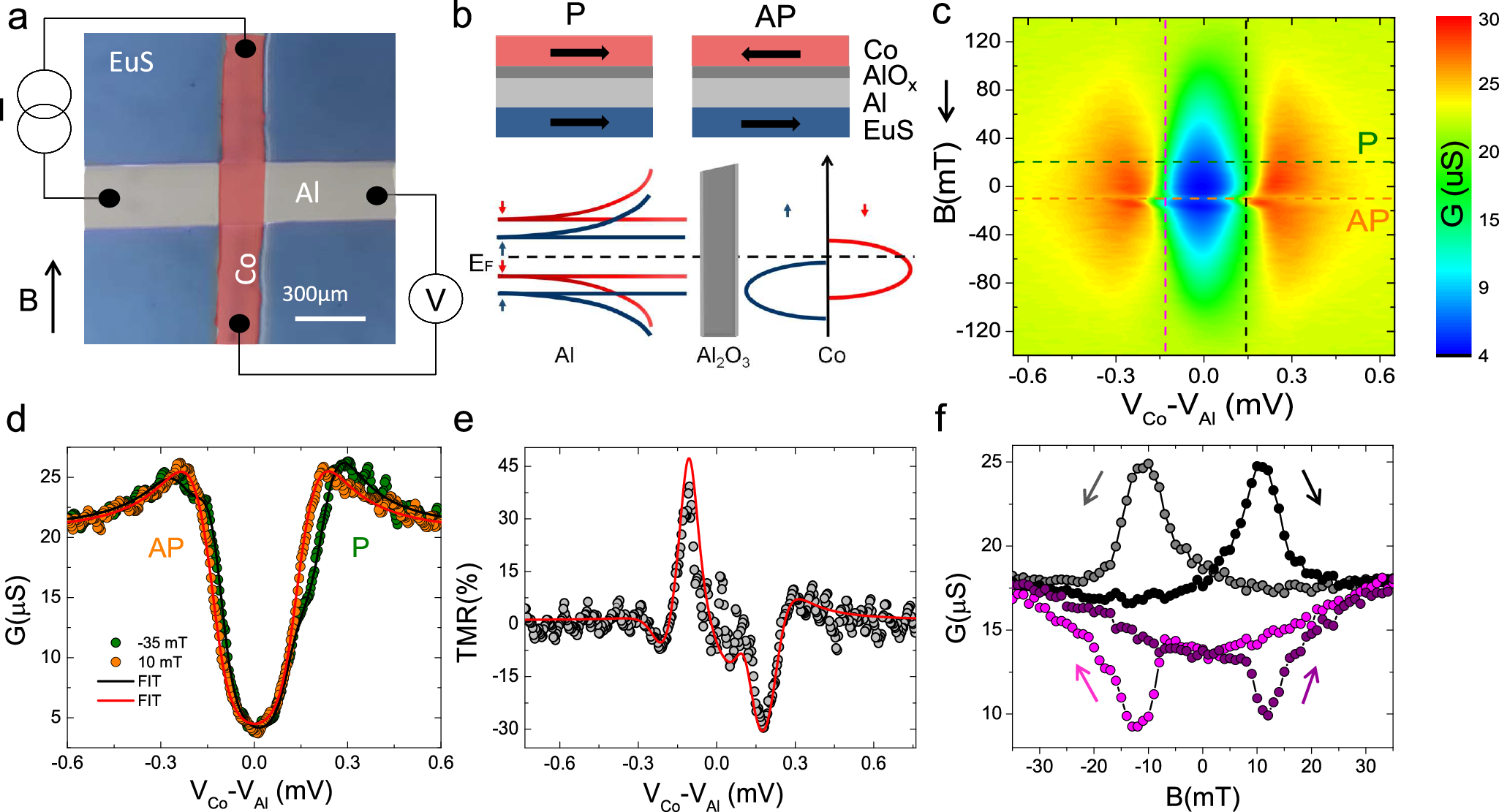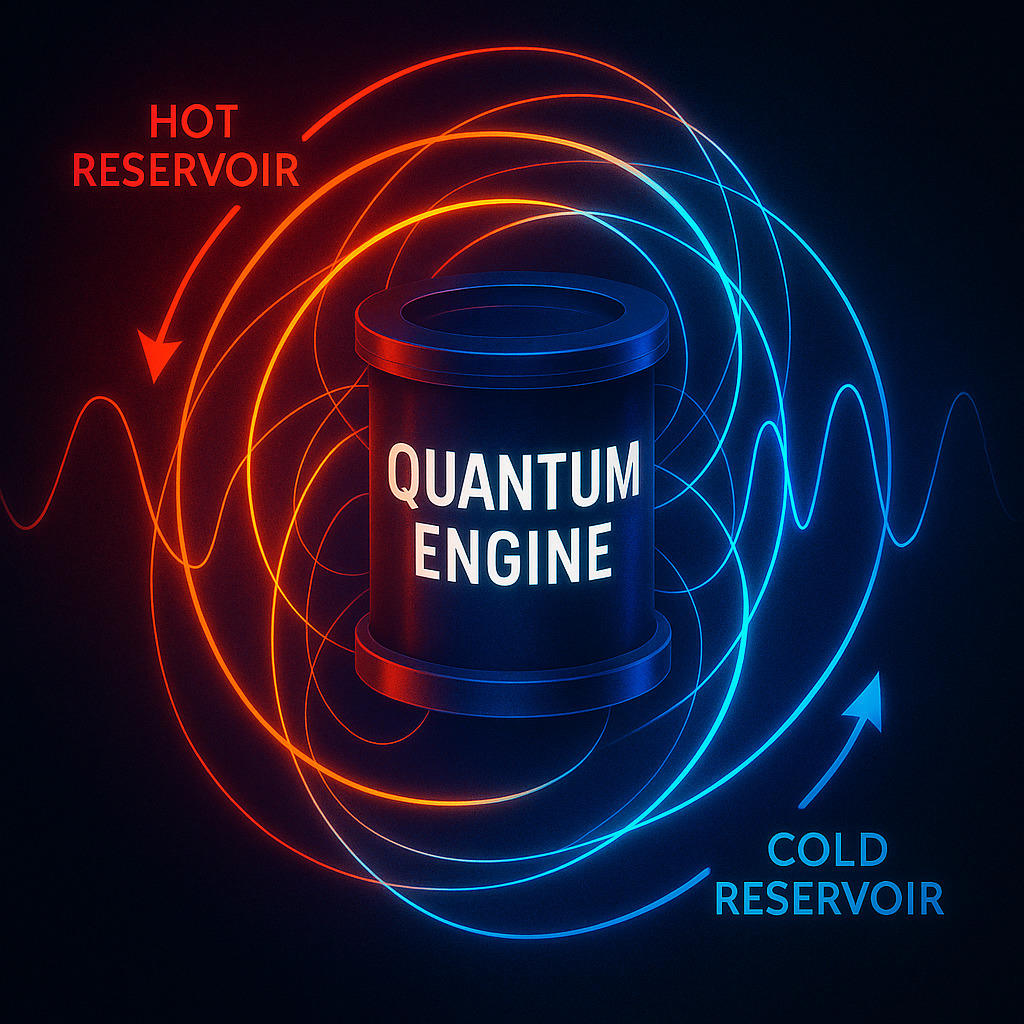Introduction
For more than two centuries, physics has treated the Carnot limit as the ultimate boundary of energy efficiency. No thermal engine, it was believed, could ever surpass it. Yet, modern research is rewriting the rules: in the quantum world — where particles, states, and information intertwine — the very concept of heat and work takes on new meanings.
Recent studies show that quantum engines could, under specific conditions, achieve performances beyond the classical limit, opening an entirely new chapter in thermodynamics. This doesn’t mean violating the laws of physics — it means redefining their boundaries.
The “Classical” Carnot Limit: What We Know
The Carnot cycle is the cornerstone of classical thermodynamics: between two thermal reservoirs (one hot, one cold), it defines the maximum efficiency that any thermal engine can achieve. In simple form:
This formula holds in the macroscopic world, under reversible conditions, and assumes there are no extra resources like quantum coherence or correlations.
However, in the quantum realm — where we deal with a few particles, coherent or entangled states — the rules begin to shift.
Why Quantum Engines Are Special
At the quantum level, new effects come into play: quantum coherence, entanglement, and quantum correlations, as well as finite-size or relativistic effects absent in classical models.
Recent research has shown that, under suitable conditions, a quantum heat engine can exhibit an apparent efficiency beyond Carnot’s limit — without violating the second law of thermodynamics, but by redefining what “work,” “heat,” and “reservoir” actually mean.
For instance, a 2024–2025 study examined quantum cycles coupled to finite heat reservoirs, showing that “internal cycles of a quantum heat engine … could own higher efficiency than the standard Carnot limit” even without consuming additional quantum resources.
Another analysis treated quantum correlations as thermodynamic resources, allowing more work to be extracted from a heat flow.
Why It’s Not a Violation of Thermodynamics
-
The context is microscopic: concepts like heat and work have subtler definitions.
-
The observed effects refer to average efficiencies, fluctuations, or specific regimes (coherence maintained, strong coupling, finite time), not industrial-scale engines.
-
The laws of thermodynamics remain valid, but need to be generalized when quantum information and correlations are involved.
How It Works in Practice: Real-World Examples

Here are a few experimental setups currently explored by researchers:
-
Ion traps: a single ion confined in an electromagnetic field acts as a “working fluid.” By manipulating its quantum states and coupling it to hot and cold reservoirs, scientists can implement a quantum Otto cycle. One study demonstrated that efficiency and power can be tuned through “Liouvillian exceptional points.”
-
Superconducting circuits: a quantum engine built on superconducting qubits, where a transmon serves as the working medium, connected to two reservoirs via a “quantum-circuit refrigerator.” A 2025 paper reported a functioning prototype of such a system.
-
Ultracold gases: a many-body quantum engine operating in the BEC–BCS crossover, where the system transitions between bosonic and fermionic statistics to extract thermal work from quantum states.
In all these systems, the key isn’t just the temperature difference — it’s the ability to harness quantum resources like coherence, correlations, and engineered thermal baths to boost performance.
Potential Technological Applications
The idea of ultra-efficient quantum engines may sound like lab-bound fantasy, yet the implications are vast and tangible.
-
Nanomotors and nanomachines: at the nanoscale, where classical mechanics loses traction, quantum engines could power microscopic robots, autonomous sensors, and integrated systems where energy and space are scarce.
-
Biomedicine: envision micro-robots or implantable systems powered by quantum engines, capable of operating inside the human body with extraordinary efficiency and minimal thermal dissipation — less heat, less damage.
-
Quantum computing and chip cooling: quantum engines or quantum refrigerators could play a crucial role in heat management within quantum computers, or in reclaiming waste heat at microscopic levels.
-
Energy harvesting: using quantum thermodynamic principles to convert stray heat flows into useful work in IoT and MEMS devices, where classical engines simply can’t operate.
Final Thoughts
We are witnessing a subtle but profound revolution: thermodynamics isn’t broken — it’s evolving. The classical ceiling set by the Carnot cycle still stands in the macroscopic world, yet at the quantum scale, that ceiling can shift, thanks to coherence, correlations, and finite-size effects.
The challenges remain immense — maintaining coherence, controlling heat exchange, and scaling from single ions or qubits to practical devices — but the notion that a machine could run better than we thought physics allowed is undeniably captivating.
The real question now is: when will these ideas move from the lab to technology?






